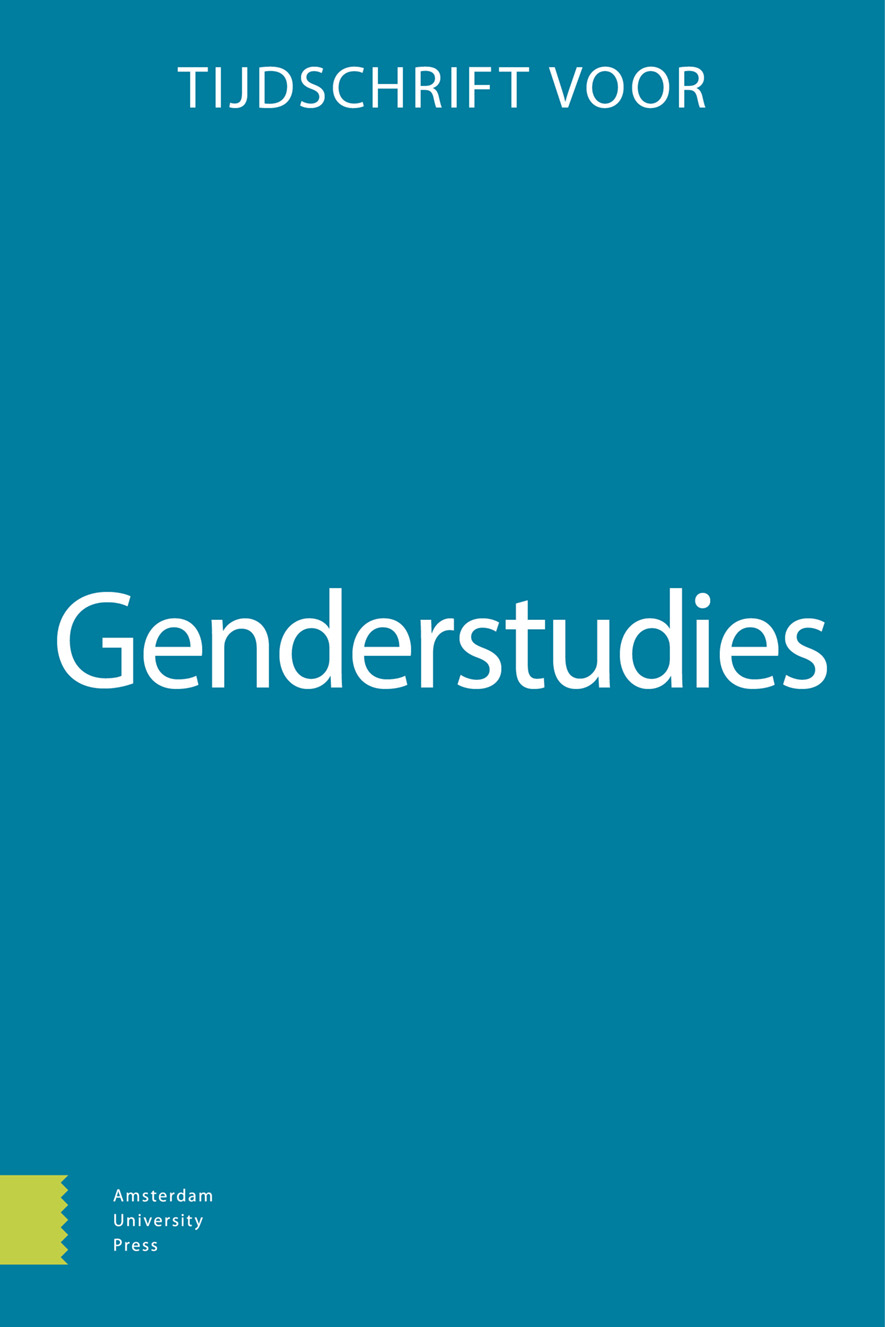-
oa ‘Bivouacking in the borderlands’
Gender nonconforming trans* persons on music and identity
- Amsterdam University Press
- Source: Tijdschrift voor Genderstudies, Volume 22, Issue 1, May 2019, p. 67 - 84
-
- 01 May 2019
Abstract
Music and identity are the focus of the oral histories of three gender nonconforming trans* persons this contribution discusses. Their life stories provide an insight into the narrators’ social, political, and emotional experience of being trans*, as well as into the various roles music may play in trans* lives. As such, this empirical paper is a contribution to research on trans* realities in Flanders, Belgium, and to the tradition of researching trans* narratives within transgender studies (see e.g. Prosser, 1998). I argue that music acts as an excellent intermediary in talking about experiencing and navigating LGBTQ identities: as a temporal and cultural medium surrounding us constantly, music is able to evoke memories and feelings adhering to specific times in our lives. Talking about music helps to structure memories, and it enables telling about oneself in an indirect, metaphorical way, which for many is easier than speaking about intricate identities directly. Two research questions guide this article: How do the narrators talk about gender through music? And how does music reflect their (gender) identity?


